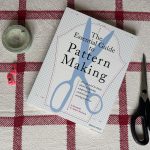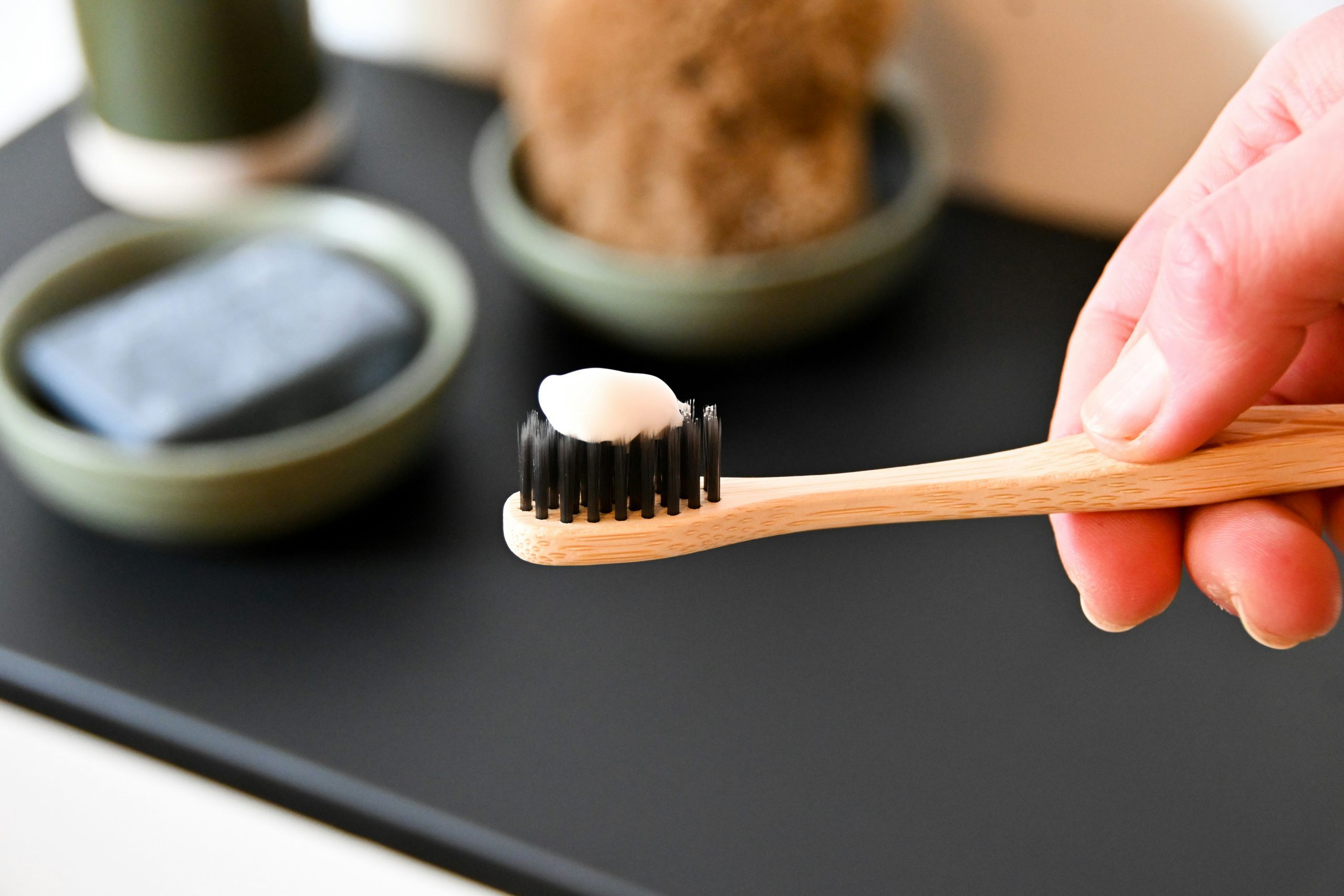Moles are common skin growths that most people develop over their lifetime. While they are generally harmless, changes in their appearance can sometimes signal underlying skin issues, including skin cancer. Regular mole checks are a vital aspect of maintaining skin health, particularly when it comes to the early detection of potentially serious conditions. In this blog post, we’ll explore the importance of regular mole checks, what to look for, and why seeing a professional is essential.
Understanding Moles: What Are They?
Moles are clusters of pigmented cells that can appear anywhere on the skin. They range in colour from flesh-toned to dark brown and can be flat or raised. Most moles develop during childhood and adolescence and are generally harmless. However, changes in the size, shape, or colour of a mole can sometimes be a warning sign of melanoma, a serious form of skin cancer.
Why Regular Mole Checks Are Crucial
While it might be tempting to dismiss moles as benign, regular mole checks are an essential preventive measure for several reasons.
1. Early Detection of Skin Cancer
The most critical reason for regular mole checks is the early detection of melanoma. Melanoma is highly treatable when caught in its early stages, but it can be life-threatening if it spreads to other parts of the body. By examining your moles regularly, either at home or through professional screening, you increase the likelihood of catching suspicious changes early.
2. Monitoring Changes Over Time
Moles can change over time, and not all changes are a cause for concern. However, tracking any changes in size, shape, or colour can help you and your healthcare provider identify any potential risks. Early detection is key in treating skin cancer effectively, and regular checks allow for consistent monitoring.
3. Understanding Your Skin Type
Everyone’s skin is different, and some individuals are at a higher risk of developing skin cancer than others. Factors such as having fair skin, a family history of melanoma, or a high number of moles can all increase your risk. Regular mole checks can help you understand your risk level and take proactive measures to protect your skin.
What to Look for During a Mole Check
Whether you’re conducting a mole check at home or visiting a professional, it’s essential to know what to look for. Dermatologists use the ABCDE method to assess moles, which stands for:
- Asymmetry: One half of the mole does not match the other.
- Border: Irregular, scalloped, or poorly defined edges.
- Colour: Variations in colour, such as shades of brown, black, white, red, or blue.
- Diameter: Melanomas are usually larger than 6mm, although they can be smaller when first detected.
- Evolving: Any change in the mole’s appearance over time, including changes in size, shape, or symptoms like itching or bleeding.
If you notice any of these warning signs, it’s essential to seek professional advice.
The Role of Professional Mole Clinics
While home checks are important, they are not a substitute for professional evaluations. A mole clinic London offers specialised services where trained dermatologists use advanced tools, such as dermoscopy, to assess moles more accurately than the naked eye. Mole clinics can identify whether a mole is benign or if further testing is required, offering peace of mind or early intervention when needed.
Dermoscopic Analysis
One of the key advantages of visiting a mole clinic is access to dermoscopic analysis. This non-invasive technique uses a handheld device to magnify and illuminate the mole, providing a more detailed view of its structure and patterns. This helps dermatologists distinguish between benign moles and suspicious lesions, making early detection more precise.
Biopsy and Further Testing
If a mole appears suspicious during an examination, your dermatologist may recommend a biopsy to determine if the mole is cancerous. In a biopsy, a small sample of tissue is taken from the mole and analysed in a lab. Early-stage skin cancers caught through biopsies are often treated successfully, making this an essential step in preventing the spread of the disease.
The Importance of Regular Appointments
Visiting a mole clinic regularly, particularly if you’re at higher risk, is a proactive way to maintain your skin health. It’s recommended that individuals at high risk for melanoma, such as those with a family history of skin cancer or numerous moles, should have a full-body skin check annually. For others, a check every two years is often sufficient unless changes are observed between visits.
Preventive Measures Alongside Mole Checks
In addition to regular mole checks, there are other preventive measures you can take to protect your skin:
- Use Sunscreen: Apply broad-spectrum SPF 30 or higher sunscreen daily, especially when spending time outdoors.
- Avoid Tanning Beds: The UV radiation from tanning beds increases the risk of developing skin cancer.
- Wear Protective Clothing: Cover your skin with long sleeves, wide-brimmed hats, and sunglasses when exposed to the sun for extended periods.
Conclusion: Take Action for Your Skin’s Health
Regular mole checks, both at home and through professional evaluations, are crucial for maintaining your skin health and catching potential issues early. With skin cancer being one of the most common forms of cancer, taking a proactive approach can make all the difference. Visiting a mole clinic London for a thorough examination ensures that any suspicious moles are identified and treated as soon as possible.
By incorporating regular mole checks into your skincare routine, you not only protect yourself from serious health risks but also gain peace of mind, knowing that you are taking steps to maintain the health of your skin. Don’t wait until it’s too late—schedule your mole check today!
This blog emphasises the importance of mole checks for early detection of skin cancer, focusing on the role of professional mole clinics and the benefits of regular monitoring.









